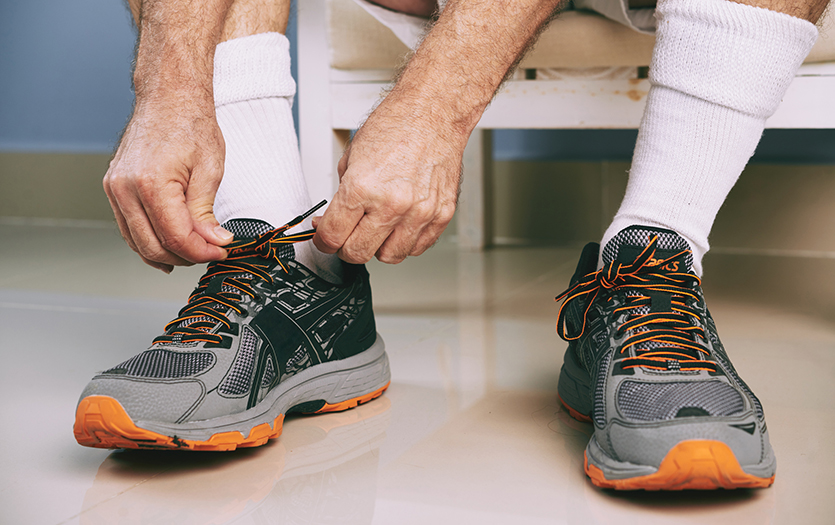
This post was written by Ashley M. Bojrab, DPM, FACFAS, ABPM, CWS, PPG – Podiatry.
November is Diabetes Awareness Month, and if you are a newly diagnosed diabetic, it’s important to educate yourself about your foot care needs. Why, you may ask? Because our feet are like tires to a car. If we have a bad tire, we can't go anywhere. And movement is imperative to longevity especially as we get older.
The risks associated with diabetes
Diabetes attacks many systems in the body, including those tied to the function of the eyes, kidneys, heart, immune system, brain, skin and others. This list also includes your feet, in a few ways.
First, diabetes impacts your ability to feel in your feet, as many diabetics develop neuropathy. Without the usual sensations in your feet, you lose the body’s means of communicating when you experience trauma to the feet. You don’t receive the signal that there’s a problem. This can mean more injuries on the feet, which leads to the second issue. When a diabetic has a wound, their body might not be able to heal it as quickly or well, because of decreased immune function. This can lead to a higher risk of amputation if the wound does not heal appropriately.
Four foot care tips for diabetics
If you have a diabetes diagnosis, practice these four preventative measures to avoid complications:
Check your feet daily.
Look at the bottom of your feet every day and if you can twice a day. (Check out this helpful how-to video.) When you are inspecting your feet, visually look for sores, change of color, openings and/or drainage. If you are unable to see the bottom of your feet, use a handheld mirror and put it on the floor to visualize your foot.
Wear white socks.
White socks are helpful because if there are any openings on the bottom of the feet they will show drainage thus triggering a response to get examined by a podiatrist.
Never go barefoot.
This may be the best defense you have to protect your feet. Wearing only socks is not enough. Shoes or slippers that cover the toes will help prevent a shard of glass, toothpick etc. from going into the bottom of your foot. Having your toes protected is the number one way to prevent injury from occurring to your feet.
Lean on your care team.
It’s important to have your feet checked, approximately once a year by a healthcare provider, preferably a podiatrist or primary care provider. They are also available to answer any questions that you might have as you navigate the ins and outs of managing your diabetes diagnosis. Take advantage of Diabetes Care Services as well.
Meet the team at PPG – Podiatry and learn about more of the common foot conditions we can help with by visiting us here.



